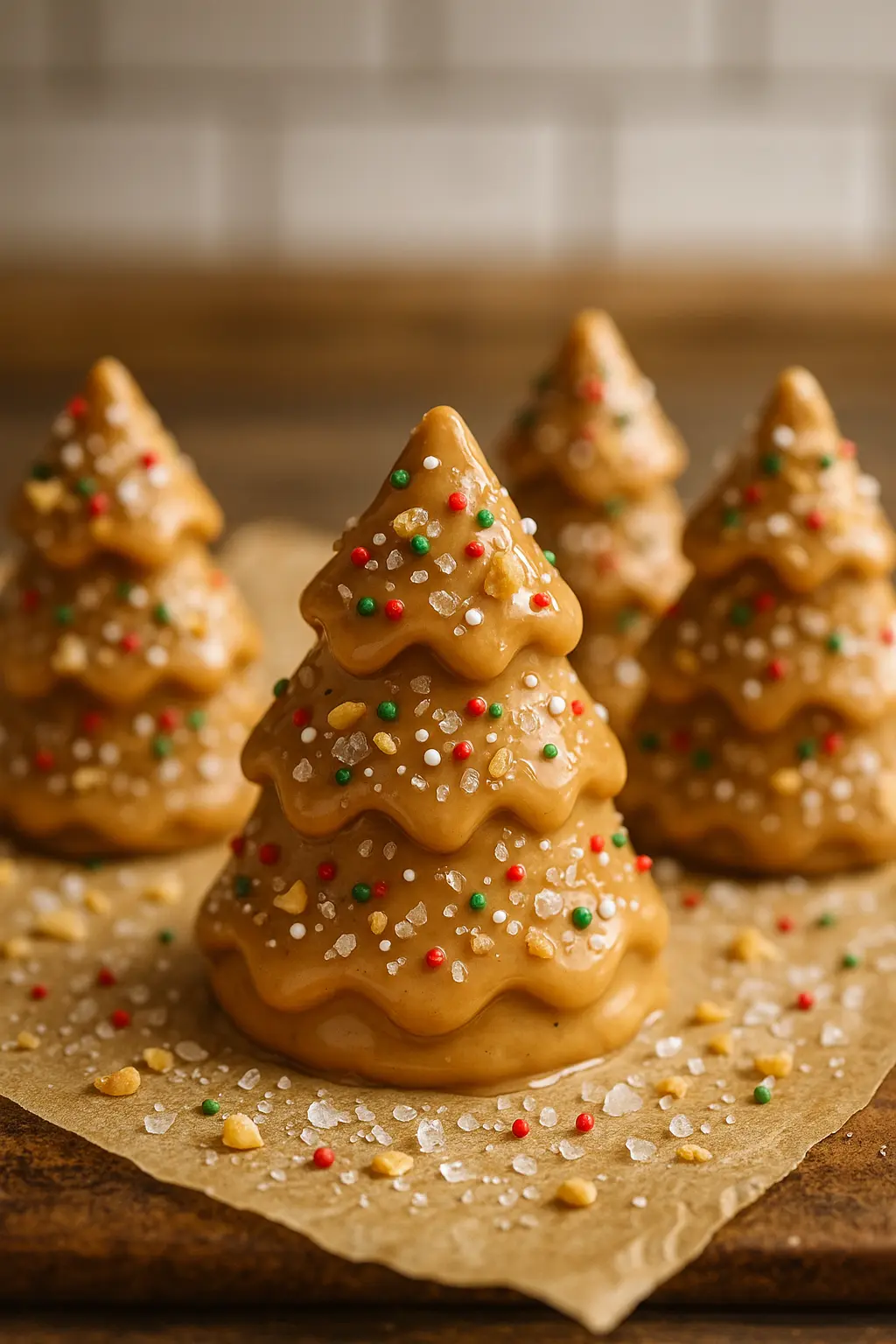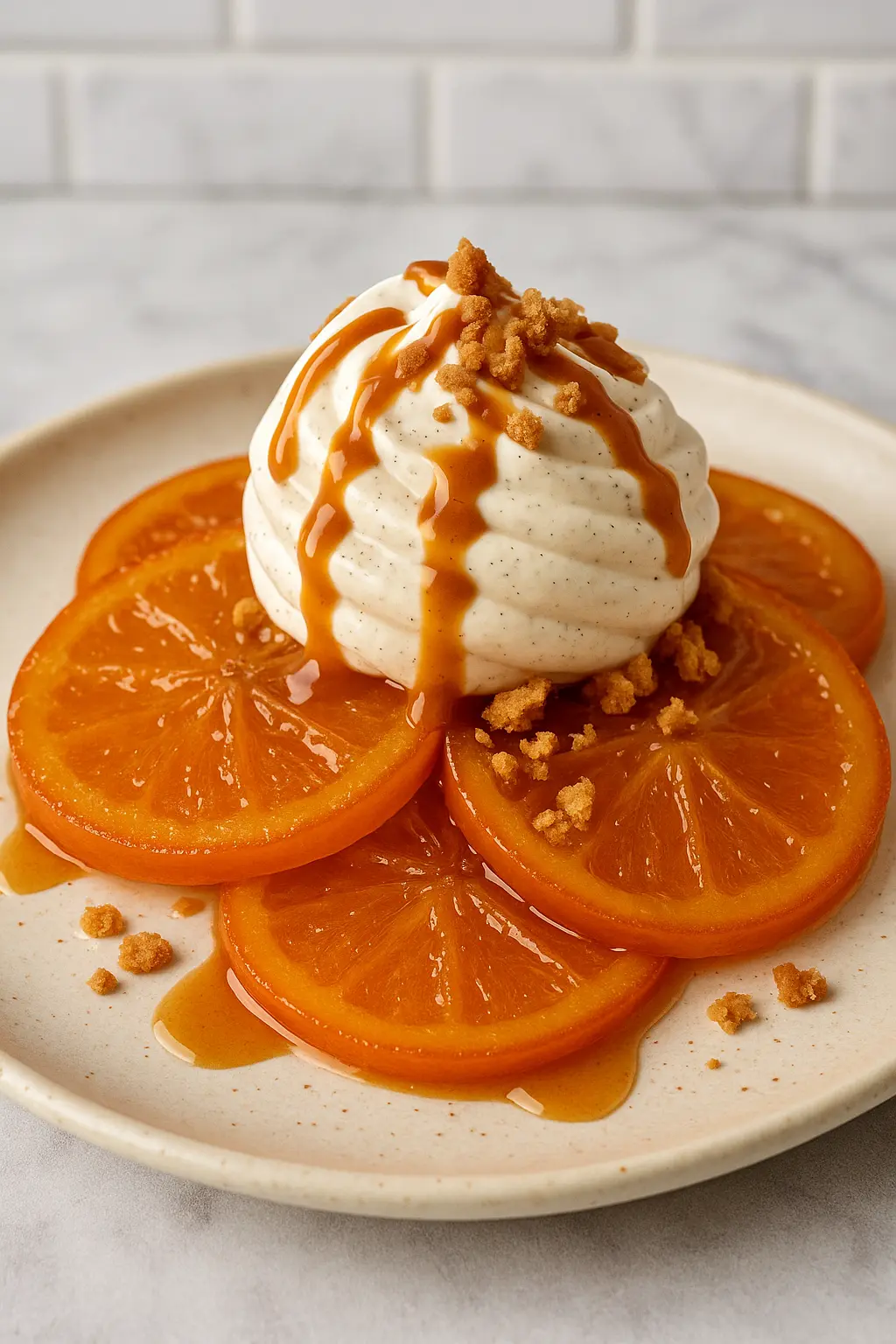Deep Fried Prime Rib transforms this already magnificent cut of beef into a culinary masterpiece. The process not only enhances its flavor but also introduces a delightful contrast in textures, from the crispy crust to the tender, juicy interior. This guide will walk you through every step of creating the perfect Deep Fried Prime Rib, ensuring a dish that’s bound to impress at any dinner table.
Ingredients
For a dish as grand as Deep Fried Prime Rib, the quality and choice of ingredients are paramount. Here’s what you’ll need:
- Prime Rib: Opt for a bone-in, high-grade piece for the best flavor and presentation.
- Seasonings: A mix of bourbon prime rub and chipotle garlic seasoning will add a smoky, spicy depth to the meat.
- Fry Oil: Choosing the right oil, such as vegetable or peanut oil, is crucial for achieving that golden, crispy crust. Serious Eats offers an extensive guide on selecting the best oils for frying, ensuring your prime rib turns out perfectly.
Preparing the Prime Rib for Frying
The Prep & Smoking
Before frying, smoking the prime rib is a critical step that infuses it with an incomparable depth of flavor. Here’s how to do it:
- Smoking: Slow-smoke the prime rib at 250°F until it reaches an internal temperature of 110°F. This process imparts a subtle smokiness and prepares the meat for frying.
- Garlic Sriracha Aioli: Combine mayo, finely minced garlic, lemon juice, chipotle garlic seasoning, and sriracha. This aioli will add a creamy, spicy kick that complements the rich flavors of the prime rib.
For those interested in enhancing their smoking techniques, consider exploring “The Art of Smoking Meats” on ChefNip, offering insights into creating the perfect smoky flavor for meats.
Cooking Process of Deep Frying the Prime Rib
Deep frying the smoked prime rib seals in its juices, creating a crispy crust that’s simply irresistible. Here’s the method:
- Heat your fry oil to 350°F and carefully lower the prime rib into the fryer.
- Fry for 1 to 2 minutes, just enough to form a crust and allow the interior to reach a perfect medium-rare.
Making the Perfect Fries
No prime rib is complete without a side of golden, crispy fries. Double-frying is the secret to achieving that perfect texture:
- First, fry the cut potatoes at 325°F for about 10 minutes.
- Let them rest, then fry again at 350°F until they’re beautifully golden and crispy.
Serving and Presentation of Deep Fried Prime Rib
Slicing and presenting your Deep Fried Prime Rib is the final step in this culinary journey. Serve it alongside the crispy fries and a dollop of the Garlic Sriracha Aioli for a meal that’s as beautiful as it is delicious. For an extra touch of elegance, consider adding sides like Yorkshire pudding or roasted root vegetables.
To complement your deep-fried prime rib with a traditional side, “Frozen Yorkshire Pudding: A Modern Take on a Traditional Favorite” on ChefNip provides an easy and delicious recipe that pairs wonderfully with the rich flavors of the meat.
Storage and Reheating
- Storing: Wrap any leftovers tightly in aluminum foil and refrigerate.
- Reheating: Gently reheat in the oven at 250°F to preserve the meat’s tenderness and moisture.
Tips for Perfect Execution
Achieving the perfect Deep Fried Prime Rib requires attention to detail and a bit of culinary finesse. Here are some additional tips to ensure your dish is a success:
- Temperature Control: Maintaining the correct temperature of the oil is crucial. Too hot, and the outside will burn before the inside is done; too cool, and the meat will absorb the oil, becoming greasy.
- Meat Preparation: Let the prime rib sit at room temperature for about an hour before cooking. This ensures more even cooking.
- Seasoning: Don’t be shy with the seasoning. The robust flavors of the bourbon prime rub and chipotle garlic seasoning should be generous to penetrate the thick cut of meat.
- Resting Time: After frying, let the meat rest for at least 10 minutes before slicing. This allows the juices to redistribute, ensuring a moist and flavorful prime rib.
For those looking to dive deeper into the art of seasoning and preparing meats, “Mastering Flavorful Meat Preparations” on ChefNip offers a comprehensive guide to enhancing the natural flavors of various cuts, including prime rib.
Pairing with Sides
While the Deep Fried Prime Rib is undoubtedly the star of the show, the right side dishes can elevate the meal to new heights. Consider pairing with:
- Roasted Vegetables: A medley of roasted root vegetables can add a sweet and earthy balance to the rich and savory flavors of the meat.
- Creamy Mashed Potatoes: For a classic pairing, creamy mashed potatoes offer a comforting and smooth texture that complements the crispy exterior of the prime rib.
- Fresh Salads: A light and refreshing salad, perhaps with a tangy dressing, can cut through the richness of the dish, offering a palate-cleansing contrast.
Exploring “Innovative Side Dishes for Gourmet Meals” on ChefNip can provide you with creative and delicious ideas to accompany your deep-fried prime rib, ensuring a well-rounded and memorable dining experience.
Engaging Your Guests
Serving Deep Fried Prime Rib is not just about the food; it’s also about the experience. Engage your guests by:
- Sharing the Process: Talk about the preparation and cooking techniques you used. This adds an educational and interactive element to the meal.
- Encouraging Feedback: Invite your guests to share their thoughts on the dish. This can spark lively conversation and provide insights for future culinary adventures.
Embracing the Journey
The journey of creating Deep Fried Prime Rib from start to finish is a rewarding experience for any home chef. It’s an opportunity to explore high-quality ingredients, refine cooking techniques, and ultimately, share a delicious and indulgent meal with friends and family. Remember, the key to a successful dish lies in the quality of the ingredients, the precision of the cooking process, and the joy of sharing it with others. So, embrace the journey, experiment with flavors, and enjoy the delicious results of your culinary efforts.
The Importance of Quality Ingredients
The journey to a perfect Deep Fried Prime Rib begins with the selection of a prime-grade, bone-in rib roast. This cut, known for its marbling and tenderness, is the foundation of the dish’s rich flavor profile. The choice of seasonings whether a bourbon prime rub, chipotle garlic seasoning, or a custom blend further enhances the meat’s natural flavors, adding layers of complexity and warmth.
Mastering the Cooking Process
The dual cooking method, starting with smoking and followed by deep frying, is what sets this dish apart. Smoking the prime rib at a low temperature allows it to absorb the smoky flavors gently, cooking it evenly without drying out the meat. The subsequent quick dip in hot oil seals the exterior, creating a crispy crust that contrasts beautifully with the tender, juicy interior.
Achieving the Perfect Fry
The temperature and timing of the deep fry are critical. The oil must be hot enough to crisp the exterior quickly without overcooking the inside. This delicate balance ensures that the prime rib remains succulent and medium-rare, with a golden crust that crackles with each bite.
Complementary Sides and Sauces
While the Deep Fried Prime Rib is undoubtedly the star of the show, the sides and sauces play supporting roles that enhance the overall dining experience. The Garlic Sriracha Aioli, with its creamy texture and spicy kick, adds a bold flavor contrast that elevates the dish. Similarly, the choice of sides, from crispy double-fried potatoes to fresh, vibrant salads, should complement the richness of the meat, offering balance and variety to the palate.
The Art of Presentation
Presentation is key in transforming a meal into a memorable experience. Slicing the prime rib into thick, succulent pieces and arranging them artfully on the plate invites diners to feast not just with their mouths but with their eyes. Accompanied by a generous serving of fries and a dollop of aioli, each plate is a masterpiece that showcases the depth of flavors and textures achieved through this unique cooking method.
A Culinary Experience to Remember
Deep Fried Prime Rib is more than just a meal; it’s a celebration of culinary craftsmanship, a blend of tradition and innovation that results in a dish that’s as delightful to eat as it is to prepare. From the careful selection of ingredients to the precision of the cooking process, every step contributes to creating a dish that’s sure to impress and satisfy even the most discerning palates. Whether served at a special occasion or as a luxurious weekend treat, deep-fried prime rib is a testament to the joys of gourmet cooking and the endless possibilities it holds.







